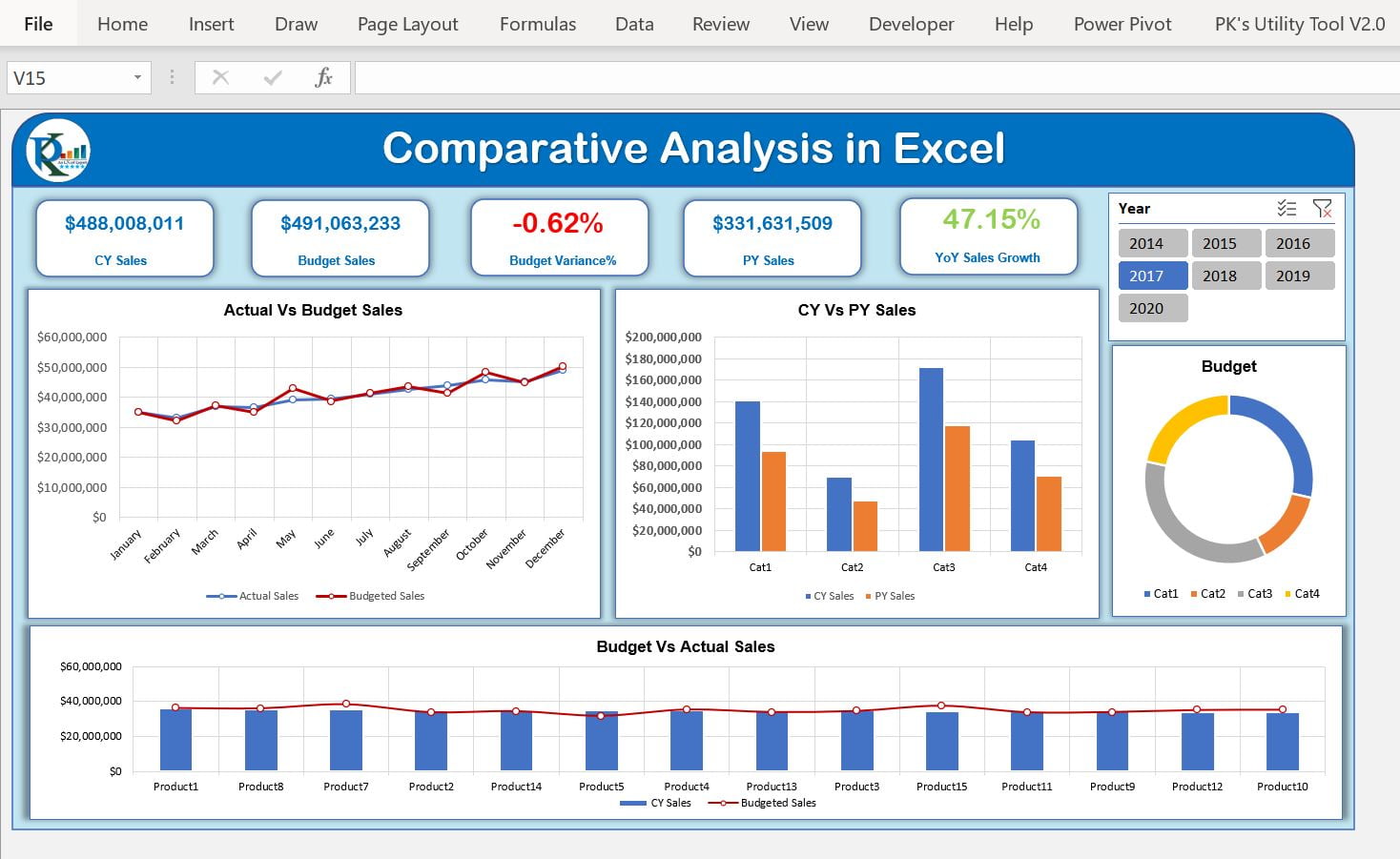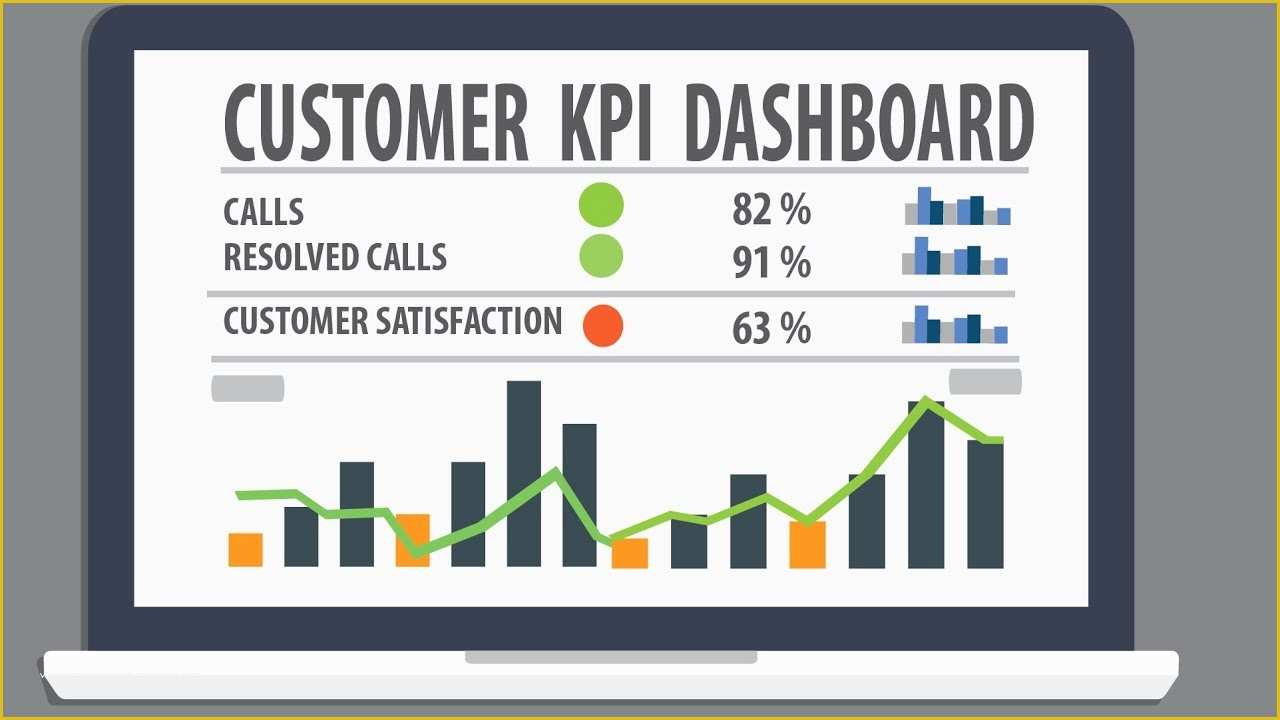


In addition to the above-mentioned chart types, there are other widely used chart types that come handy in representing certain data types.
EXCEL DASHBOARD HOW TO
You will understand how to use these charts and the chart elements effectively in your dashboard in the chapter − Excel Charts for Dashboards. You can get the audience view the data patterns, comparisons and trends in data sets of any size strikingly adding color and styles.Įxcel has several built-in chart types such as line, bar, column, scatter, bubble, pie, doughnut, area, stock, surface and radar if you have Excel 2013. Excel ChartsĮxcel charts are the most widely used data visualization components for dashboards. You will learn these conditional formatting techniques in the chapter ─ Conditional Formatting for Data Visualization. You can either use the Excel defined rules or create your own rules, based on the applicability to your data. You can define the rules by which you can vary color scales, data bars and/or icon sets. Conditional FormattingĬonditional formatting is a big asset to highlight data in the tables. You can use line charts, column charts or win-loss charts to depict the trends based on your data. Sparklines are mini charts that you can place in single cells. You can use Sparklines in your Excel tables to show trends over a period of time. You can arrive at a summary of the analysis of data and portray the same in an Excel table that can be included as a part of a dashboard.

These Excel tables are your working tables that contain the raw data. This would be easier than referring the range of data with cell references. You can name the Excel tables and use those names for referring your data in the dashboard. This makes it possible to refresh the data in your workbook whenever the source data gets updated. There are several ways to import data into Excel, by establishing connections to various sources. The data might be limited or might span several rows.Įxcel tables are well suited to get the data into the workbook, in which you want to create the dashboard. The data can be from a single source or multiple sources. The most important component of any dashboard is its data. These features help you arrive at the dashboard elements that simplify complex data and provide visual impact on the current status or performance in real time. In this chapter, you will get to know the most important Excel features that come handy when you are creating a dashboard. You can show data in tables with conditional formatting to highlight the good and bad results, you can summarize the data in charts and PivotTables, you can add interactive controls, and you can define and manage KPIs and so on. You can create a dashboard in Excel using various features that help you make data visualization prominent, which is the main characteristic of any dashboard.


 0 kommentar(er)
0 kommentar(er)
